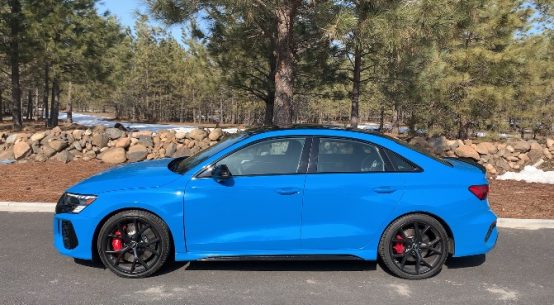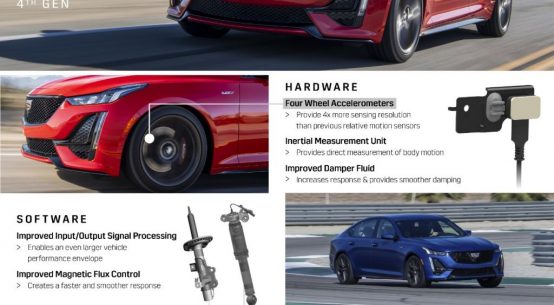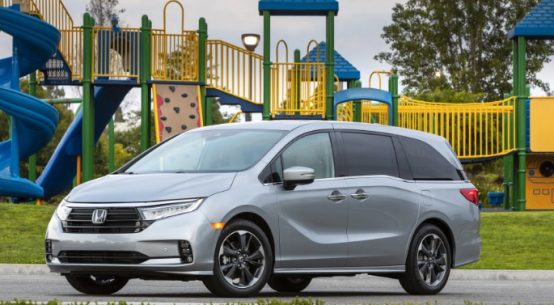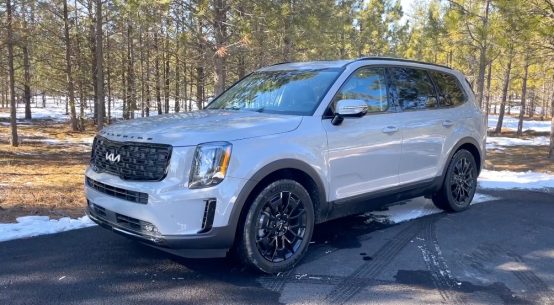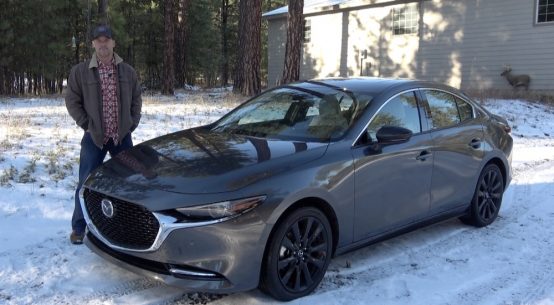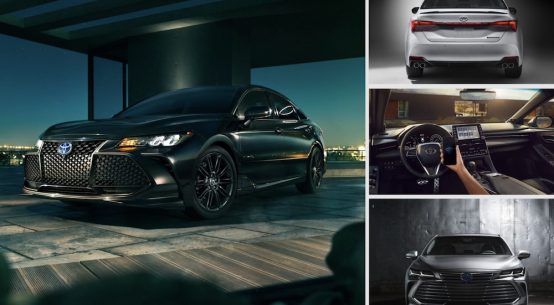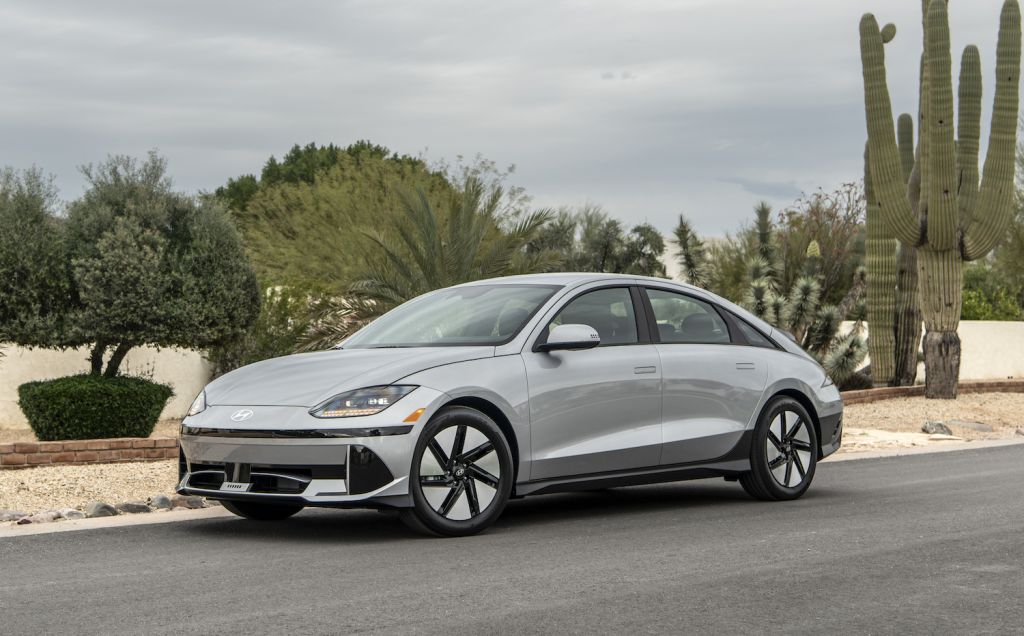
Hyundai’s Ioniq 6, the latest addition to the Ioniq EV lineup, brings diversity to the predominantly SUV-focused market. Despite its sleek, aerodynamic design that offers an impressive 361 miles of driving range, opinions on its aesthetics vary.
This well-equipped five-passenger sedan, categorized as midsize but spacious like a large sedan, stands out as one of the few sedans in the EV segment. Its primary competitors include the Tesla Model 3, the Ford Mustang Mach-E crossover, the Polestar 2 hatchback sedan, and the BMW i4 sedan.
While the Ioniq 6 may have less power compared to some rivals and boasts more cargo space, these differences might not significantly impact the mainstream driver it targets. With its extended length, ample passenger space, and competitive dimensions, it sets itself apart from compact competitors.
In terms of pricing and availability, the Tesla Model 3 and Mach-E, both built in North America, come at a lower cost due to price reductions and qualify for federal clean car tax credits. The BMW and Polestar, on the other hand, are pricier and do not qualify for the tax credit.
The Ioniq 6 offers multiple powertrains and battery choices, a comfortable modern interior, and affordability in an SUV-dominated market. However, it has a small trunk and design compromises that affect rear headroom.
Compared to its direct rivals, the Ioniq 6 leads in range and efficiency but lags in power and handling dynamics. It excels in cabin comfort, being the roomiest and quietest among them. However, its infotainment system is subpar.
While the upcoming Volkswagen ID. Aero sedan may pose competition, it won’t hit the US market until late 2023 or early 2024. Overall, the Hyundai Ioniq 6 stands as an attractive, five-seat electric sedan offering an alternative to the prevailing SUV-focused EV market and potentially giving the Tesla Model 3 a run for its money.
